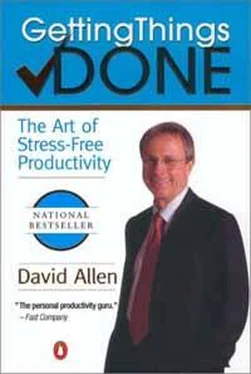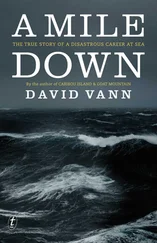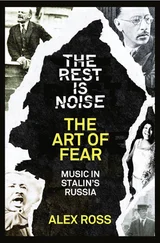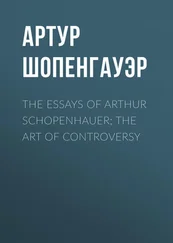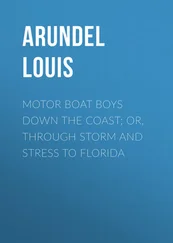Review
It's one thing to write down that you need milk; it's another to be at the store and remember it. Likewise, writing down that you need to call a friend for the name of an estate attorney is different from remembering it when you're at a phone and have some discretionary time.
You need to be able to review the whole picture of your life and work at appropriate intervals and appropriate levels. For most people the magic of workflow management is realized in the consistent use of the review phase. This is where you take a look at all your outstanding projects and open loops, at what I call the 10,000-foot level (see page 51), on a weekly basis. It's your chance to scan all the defined actions and options before you, thus radically increasing the efficacy of the choices you make about what you're doing at any point in time.
What to Review When
If you set up a personal organization system structured as I recommend, with a "Projects" list, a calendar, "Next Actions" lists, and a "Waiting For" list, not much will be required to maintain that system.
The item you'll probably review most frequently is your calendar, which will remind you about the "hard landscape" for the day—that is, what things will die if you don't do them. This doesn't mean that the things written on there are the most "important" in some grand sense—only that they have to get done. At at any point in time, knowing what has to get done, and when, creates a terrain for maneuvering. It's a good habit, as soon as you conclude an action on your calendar (a meeting, a phone call, the final draft of a report), to check and see what else remains to be done.
Review your lists as often as you need to, to get them off your mind.
After checking your calendar, you'll most often turn to your "Next Actions" lists. These hold the inventory of predefined actions that you can take if you have any discretionary time during the day. If you've organized them by context ("At Home," "At Computer," "In Meeting with George"), they'll come into play only when those contexts are available. "Projects," "Waiting For." and "Someday/Maybe" lists need to be reviewed only as often as you think they have to be in order to stop you from wondering about them.
Critical Success Factor: The Weekly Review
Everything that might potentially require action must be reviewed on a frequent enough basis to keep your mind from taking back the job of remembering and reminding. In order to trust the rapid and intuitive judgment calls that you make about actions from moment to moment, you must consistently retrench at some more elevated level. In my experience (with thousands of people), that translates into a behavior critical for success: the Weekly Review.
All of your open loops (i.e., projects), active project plans, and "Next Actions," "Agendas," "Waiting For," and even "Someday/ Maybe" lists should be reviewed once a week. This also gives you an opportunity to ensure that your brain is clear and that all the loose strands of the past few days have been collected, processed, and organized.
If you're like most people, you've found that things can get relatively out of control during the course of a few days of operational intensity. That's to be expected. You wouldn't want to distract yourself from too much of the work at hand in an effort to stay totally "squeaky clean" all the time. But in order to afford the luxury of "getting on a roll" with confidence, you'll probably need to clean house once a week.
The affairs of life embrace a multitude of interests, and he who reasons in any one of them, without consulting the rest, is a visionary unsuited to control the business of the world.
—- James Fenimore Cooper
The Weekly Review is the time to
• Gather and process all your "stuff."
• Review your system.
• Update your lists.
• Get clean, clear, current, and complete.
Most people don't have a really complete system, and they get no real payoff from reviewing things for just that reason: their overview isn't total. They still have a vague sense that something may be missing. That's why the rewards to be gained from implementing this whole process are at least geometric: the more complete the system is, the more you'll trust it. And the more you trust it, the more complete you'll be motivated to keep it. The Weekly Review is a master key to maintaining that standard.
Most people feel best about their work when they've cleaned up, closed up, clarified, and renegotiated all their agreements with themselves and others. Do this weekly instead of yearly.
Most people feel best about their work the week before their vacation, but it's not because of the vacation itself. What do you do the last week before you leave on a big trip? You clean up, close up, clarify, and renegotiate all your agreements with yourself and others. I just suggest that you do this weekly instead of yearly.
Do
The basic purpose of this workflow-management process is to facilitate good choices about what you're doing at any point in time. At 10:33 A.M. Monday, deciding whether to call Sandy, finish the proposal, or process your e-mails will always be an intuitive call, but with the proper preplanning you can feel much more confident about your choices. You can move from hope to trust in your actions, immediately increasing your speed and effectiveness.
Every decision to act is an intuitive one. The challenge is to migrate from hoping it's the right choice to trusting it's the right choice.
Three Models for Making Action Choices
Let's assume for a moment that you're not resisting any of your "stuff" out of insecurity or procrastination. There will always be a large list of actions that you are not doing at any given moment. So how will you decide what to do and what not to do, and feel good about both?
The answer is, by trusting your intuition. If you have collected, processed, organized, and reviewed all your current commitments, you can galvanize your intuitive judgment with some intelligent and practical thinking about your work and values.
You have more to do than you can possibly do. You just need to feel good about your choices.
I have developed three models that will be helpful for you to incorporate in your decision-making about what to do. They won't tell you answers— whether you call Frederick, e-mail your son at school, or just go have an informal "how are you?" conversation with your secretary—but they will assist you in framing your options more intelligently. And that's something that the simple time- and priority-management panaceas can't do.
1.The Four-Criteria Model for Choosing Actions in the Moment
At 3:22 on Wednesday, how do you choose what to do? There are four criteria you can apply, in this order:
1 Context
2 Time available
3 Energy available
4 Priority
Context A few actions can be done anywhere (like drafting ideas about a project with pen and paper), but most require a specific location (at home, at your office) or having some productivity tool at hand, such as a phone or a computer. These are the first factors that limit your choices about what you can do in the moment.
Time Available When do you have to do something else} Having a meeting in five minutes would prevent doing many actions that require more time.
Energy Available How much energy do you have? Some actions you have to do require a reservoir of fresh, creative mental energy. Others need more physical horsepower. Some need very little of either.
Priority Given your context, time, and energy available, what action will give you the highest payoff? You have an hour, you're in your office with a phone and a computer, and your energy is 7.3 on a scale of 10. Should you call the client back, work on the proposal, process your voice-mails and e-mails, or check in with your spouse to see how his or her day is going?
Читать дальше
